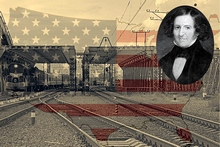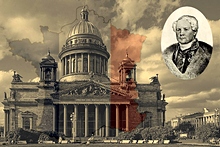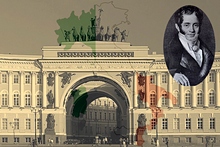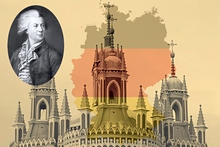Distinguished guests: Famous foreign visitors to St. Petersburg
While it may not be immediately obvious from the city's demographics today, St. Petersburg has historically been one of Europe's most cosmopolitan cities. Since its founding by Peter the Great, when the population at times numbered more foreigners than Russian-born citizens, the city has welcomed foreign visitors with open arms, and they in turn have made an incalculable contribution to the history and culture of the city.
In a tradition firmly established by Peter the Great, Russia's imperial rulers consistently looked beyond the borders of their empire for the talent needed to advance and enrich the country's culture and technology. In the 18th century, it was Italians that gave the city its art, architecture and music, Frenchmen its ballet and society manners, and Germans and Scots its engineering and industry. Since then, talented individuals from all over the world have made the city their home.
While many American dignitaries have visited St. Petersburg over the years, some making it their home for extended periods, the movement of talent has mostly been in the opposite direction, with great Petersburg-born writers, scientists, and performers moving to the USA.
Russian high society always looked to France as the inspiration for its fashions and tastes, but the contribution of French citizens to St. Petersburg's history and culture goes far deeper, encompassing architecture, fine art, the sciences and, of course, classical ballet.
It is no exaggeration to say that St. Petersburg was built by Italians, with nearly every major construction project of the 18th and early 19th centuries the work of an Italian architect. Italians were also fundamental to the development of fine art, theatre, and even the Russian circus.
Prior to the October Revolution, around 10 % of St. Petersburg's population was German, and ethnic Germans both from the Baltics and the German heartland became leading industrialists, scientists, architects and statesmen in the city.





